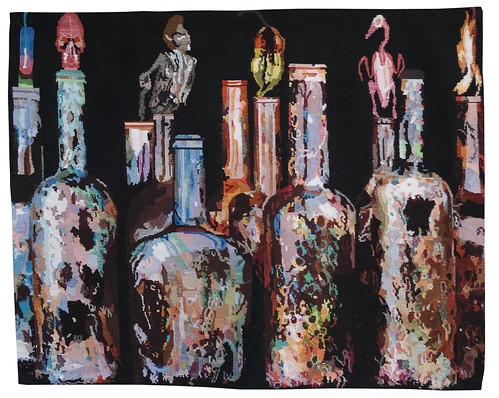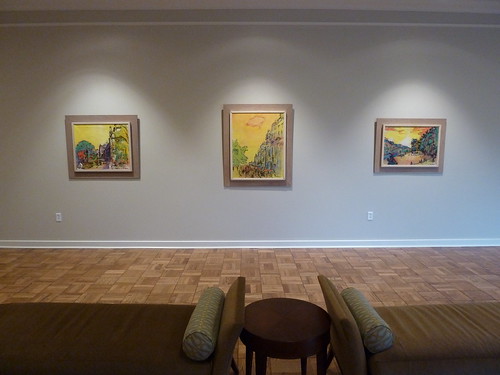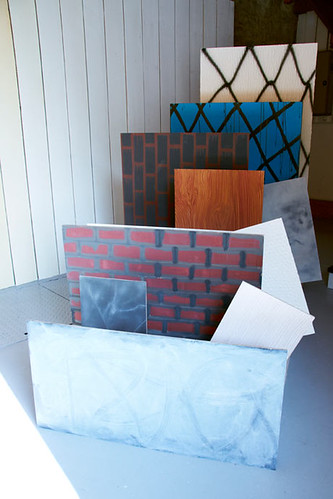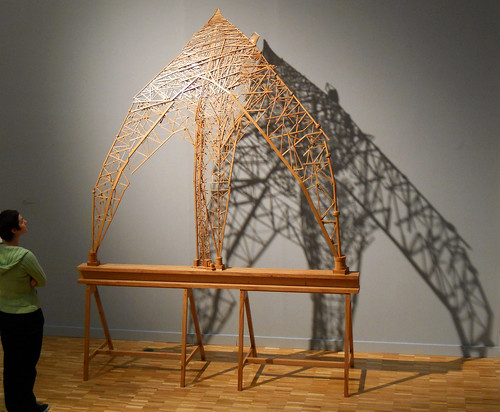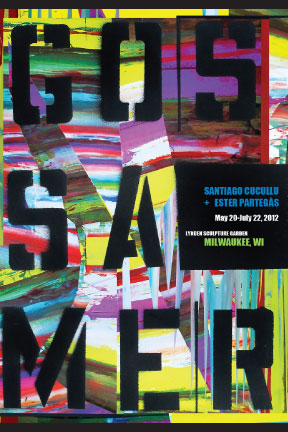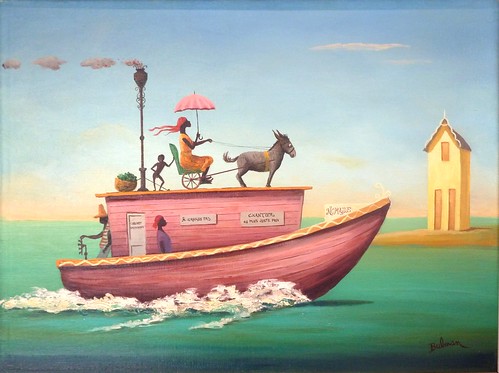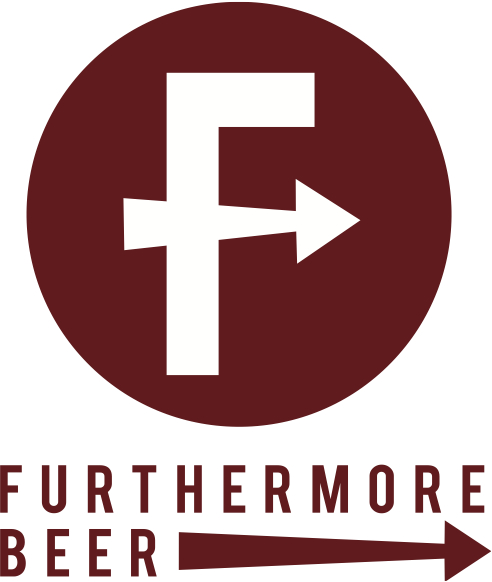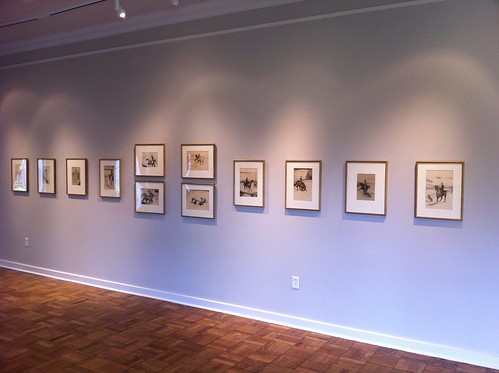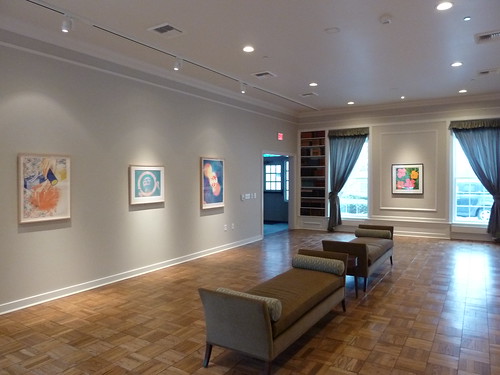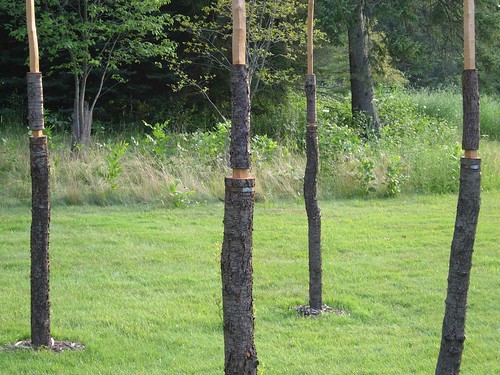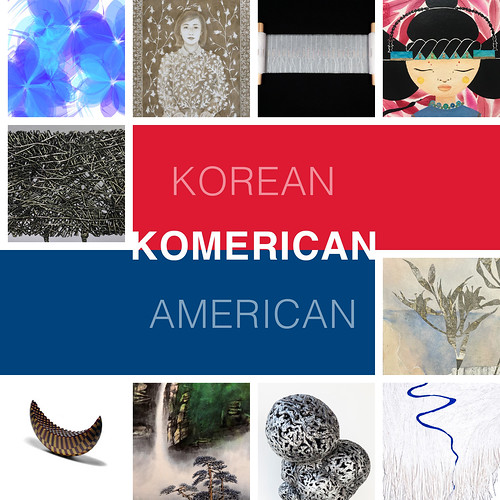
On view: October 2-December 22, 2021
Opening reception: Saturday, October 2, 2021
Building capacity is currently limited to ten people at a time.
View the exhibition virtually here.
Click here to see a slideshow of the exhibition.
What does it mean to be a Korean-in-Wisconsin—a Komerican--artist today? Komerican brings together ten very different artists: Yeohyun Ahn, Yeonhee Cheong, Kyoung Ae Cho, Okja Kwon, Emma Daisy Hyun Ah Gertel, Mokwon Subsoo Lim, JinMan Jo, Minkyu Lee, Jason S. Yi, and Rina Yoon. They span generations and work across a wide range of media, both collectively--computational graphic art, printmaking, painting, drawing, fiber, sculpture--and in their individual practices. Their creative research is informed, in varying degrees, by materials, ideas, and processes.
Yet they have been brought together, by curator Kyoung Ae Cho, in the context of Korea Day, and at a time when attitudes and actions toward Asian American Pacific Islander communities and individuals are receiving unprecedented attention, particularly in relation to the hate and violence directed at them in the wake of the politicization of the COVID-19 pandemic. Despite the recent interest, the artists in this exhibition have been navigating American life as Asians for years, often decades. Jason S. Yi, who came to the United States at the age of eleven, describes the “precarious straddling of the two distinctly different but equally influential cultures.” That balance between the two cultures shifts from artist to artist, shaped by circumstances and outlook. Mokwon, a recent immigrant to the United States with a long career as an artist in South Korea, looks forward to sharing her work and the philosophy of traditional ink brush painting in her new home. Emma Daisy Hyun Ah Gertel and Okja Kwon, both Korean adoptees, speak of “floating” and “in-betweenness” as they struggle to forge a Komerican identity.
For artists JinMan Jo and Minkyu Lee, displacement has fueled a desire to address the human experience in universal terms. “Living within American culture, “Lee writes, “inspires me to explore the universal nature and structure of human beings.” In his working process, Jo experiences “both the conflict and the dignity inherent to the human condition.” Gertel, too, wants to build human connection through “shared emotional experiences, like joy.”
Several of the artists approach the subject of displacement obliquely, finding in the natural world an antidote to the alienation and loss of identity that are often the migrant’s lot. As Mokwon’s work demonstrates, the landscape is a traditional subject for Korean brush painters. For severalartists in this group, nature offers a respite but also personal validation and a place to explore difference. “Thirteen years ago,” writes Yeonhee Cheong, “I met the Wisconsin prairie and fell in love with it” because it offered “deep solace.” “It told me that I am good as I am,” she continues, easing the tension and anxiety of being “a foreigner and a non-native speaker.” For Kyoung Ae Cho, the differing attitudes toward nature in her old and new homes shape a practice that aims to reconcile her Korean upbringing with her experience of living in the United States. Okja Kwon uses plants and other organic forms to talk about social place, Yeohyun Ahn responds to an inspirational religious song by creating a work based on flower imagery. As a Korean American artist and a Buddhist, Rina Yoon feels compelled to “address the interconnectedness of nature and the human body.” In her Mulgil series she explores the idea that “the same river that runs deep below and above the surface of the earth runs through our bodies, too.”
For Cheong, the diversity and communality of the Wisconsin prairie made her question who had the right to judge her, “to decide that I am not good enough, or even a ‘weed’ to be pulled out.” All of the artists in KOMERICAN have, like Cheong, put down roots in Wisconsin. As Yoon concludes: “Nature, like the human body, is both fragile and resilient.”
This is a HOME event.
A publication has been produced in conjunction with the exhibition and is available without charge.
The Korea Day celebrations are hosted by the Korean American Association of Milwaukee and the Korean American Faculty and Staff Association at UWM with the generous support of the Consulate General of the Republic of Korea in Chicago; the University of Wisconsin-Milwaukee Peck School of the Arts, Center for International Education, and Language Resource Center; the US Department of Education Title VI National Resource Centers; and BMO Harris. For a complete schedule, click here. For the Facebook event, click here.
About the Artists
Yeohyun Ahn (b. 1974) is an artist, designer, educator, and researcher integrating creative coding and diversity into graphic design and digital art. She leads several research projects: TYPE+CODE and Inclusive Graphic Design. Her new project, Social Homelessness on US Campuses, is a multidisciplinary art and design project to bring awareness to Asian female faculty in America. Having immigrated to America as a designer, Ahn has a heightened awareness of social inequity, discrimination, and marginality. Her projects have been featured in the Washington Post, PRINT, the New York Times Magazine, Creator’s Project, Designboom.com, among others, and published in Graphic Design: The New Basics and Type on Screen (Princeton Architectural Press) and Data-Driven Graphic Design (Fairchild Books). A former freelance graphic artist for the New York Times Magazine, Ahn has taught at the School of the Art Institute of Chicago, Chicago State University, and Valparaiso University. She is currently an assistant professor at the University of Wisconsin-Madison.
Yeonhee Cheong (b. 1974) is a Madison, Wisconsin-based visual artist who studies the visual language of human bodies in society. She deploys various media including printmaking, painting, and fiber art. Born in South Korea, Cheong studied fashion design at Seoul National University and Fashion Institute of Technology, and she worked as a fashion designer before pursuing an MFA in Design Studies at the University of Wisconsin-Madison. Cheong has been invited to exhibit her work in Madison by the Madison Museum of Contemporary Art, the Overture Center for the Arts, and Art and Literature Lab; and by the Surface Design Association, the International Textile Apparel Association, the Indianapolis Art Center, and the InKo Centre in Chennai, India. She was a finalist for the Forward Art Prize from the Women Artists Forward Fund and received the Best of Show award for her work in Clotheshorse at the Indianapolis Art Center. She recently won a juried public art commission for a work she installed at the Pinney branch of the Madison Public Library.
Kyoung Ae Cho (b.1963) received her MFA from the Cranbrook Academy of Art in Michigan and her BFA from Ducksung Women’s University in Seoul, South Korea. Cho has exhibited extensively at venues including the Tweed Museum of Art, MN; the Muskegon Museum of Art, MI; the Belger Arts Center, MO; the Boulder Museum of Contemporary Art, CO; the Kemper Museum of Contemporary Art, MO; the John Michael Kohler Arts Center, WI; The Gallery at Montalvo, CA; the South Bend Regional Museum of Art, IN; the Madison Museum of Contemporary Art, WI; the Evanston Art Center, IL; the University of Kentucky Art Museum, KY; the University of Hawaii Art Gallery, HI; the Detroit Institute of Arts, MI; and the National Museum of Modern Art, South Korea. Cho is the recipient of a Wisconsin Arts Board Fellowship, a UWM Foundation & Graduate School Research Award, the Lillian Elliott Award from the Textile Society of America, and a Pollock-Krasner Foundation Grant. Cho lives in Milwaukee and teaches at the University of Wisconsin-Milwaukee.
Emma Daisy Hyun Ah Gertel is a visual artist and muralist known for creating playful works using vibrant color that depict plants and girls. She draws on her education in fashion design, community arts, and cultural development. For over a decade she served as an arts facilitator, creative director, and then co-executive director for a youth arts nonprofit. Her collaborative organizational work has received accolades including a Mayoral Design Award. Much of her current work explores the spaces in between, and is a reflection on acceptance, belonging, and identity as a Korean adoptee. Daisy maintains a studio practice in Milwaukee and her murals can be found across the country in tourist destinations, schools, businesses, and private residences. She aims to create works both public and private that encourage human connection through beauty, inspiration of possibility, and celebration of life with the ability to spread joy.
JinMan Jo (b. 1972) has shown his work throughout the United States and in South Korea. He has been invited to participate in 30 solo exhibitions and more than 60 group exhibitions. He has given numerous visiting artist lectures and workshops at other institutions since joining the art departments at Utah State University, Western Oregon University and, most recently, University of Wisconsin-Stevens Point. His work is included in collections at the National Museum of Contemporary Art, Seoul, South Korea, as well as multiple private collections. He has twice been honored with the Outstanding Achievement Award in contemporary sculpture given by the International Sculpture Center in conjunction with Sculpture Magazine.
Okja Kwon (b. 1981) is a Korean-born, transracial adoptee artist who communicates through intimate illustrative image-making. She explores the erasure of self in relation to the constructs of nationalism and belongingness. Kwon’s work whispers ideations of (re)imagined recollections of the fragmented memories of in-betweenness, loss, and the repair and rebuilding of relationships. Kwon has exhibited artwork in various state, national, and international galleries and educational institutions. She holds BFA degrees in Painting & Drawing and Narrative Print & Forms and an MS in the Cultural Foundations of Education—for which she wrote about the cultural and legal implications of family detention at the T. Don Hutto Residential Center in Taylor, Texas. As a scholar, Kwon writes about how the intersection of decoloniality and legal linguistics is a repertoire that contributes to ideas of nationalism, impacting those deemed “other.” Kwon teaches critical thinking and writing in the Department of Art and Design at the University of Wisconsin-Milwaukee.
Minkyu Lee was born in Seoul, South Korea, in 1976. He received a BFA (2002) and an MFA (2006) from Seoul National University, and an MFA (2008) from the School for American Crafts at the Rochester Institute of Technology. He was a resident artist at the Archie Bray Foundation for the Ceramic Arts (2007), and has been actively showing his work in national and international venues such as Design Miami (December 2021), Art Wynwood (Miami, 2016), World Ceramics Exposition (South Korea, 2015), ZONA MACO Mexico Arte Contemporaneo (2014), SOFA Chicago (2013), Ceramic Space & Life (South Korea, 2009), 28th International Ceramics Competition of L’Alcora (Spain, 2008), 1st Jingzhe International Ceramics Exhibition (China, 2007), and the Sidney Myer Fund International Ceramic Art Award (Australia, 2006). He is a lifetime member of the International Academy of Ceramics (IAC) and is an associate professor and chairperson of the art program at the University of Wisconsin-Green Bay.
Mokwon, Subsoo Lim (b. 1940) is an eminent South Korean artist widely known for the practice of traditional ink brush painting, a distinctive style that draws its artistry from masterful brush strokes. Over the past forty years, Mokwon has been active both as an artist and educator. Her work has been exhibited internationally, with ten solo exhibitions and over 200 group and invitational exhibitions in South Korea, Japan, Taiwan, China, South Africa, and the U.S. Mokwon has also served as juror and advisor for several national art competitions in South Korea, such as the National Fine Art competition and the Shilla Art Award competition. As an educator, Mokwon has founded two artist associations in South Korea, Yeonji and Gayeon, for professional women painters who themselves have staged shows in South Korea, Taiwan, China, and Japan. Five years ago, Mokwon moved to Milwaukee to live near her daughter. She has since exhibited her work in Illinois, California, and Wisconsin. Mokwon has an MFA in Korean Painting from Hongik University in Seoul and currently teaches brush painting at MIAD and the Korean Cultural Center in Chicago.
Jason S. Yi (b. 1963) has exhibited nationally and internationally. Notably, his work was included in the international biennial exhibition at the Inside-out Art Museum in Beijing in 2013 and Sculpture Milwaukee 2017. His awards include a Joan Mitchell Foundation Painters & Sculptors Grant (2014), the Greater Milwaukee Foundation’s Mary L. Nohl Fund Fellowship (2007), and the Kamiyama Artist in Residence Fellowship (2003), sponsored by the Japan Foundation. His works are included in the permanent collections of the Milwaukee Art Museum, the Museum of Wisconsin Art, the Kamiyama Museum of Art in Japan, the Korean Cultural Center in Los Angeles, and the Edward F. Albee Foundation in New York. The artist lives and works in Milwaukee, Wisconsin.
Rina Yoon (b. 1965) is a Korean-born visual artist and a professor of Fine Art at the Milwaukee Institute of Art and Design in Wisconsin.Yoon received a BFA in Fine Art from Southern Methodist University in Dallas and an MFA in Printmaking from Washington University in St. Louis. Yoon focuses on non-traditional printmaking methods including large scale prints, paper installations, and multi-media work combining video and sculptural elements with printmaking. Driven by curiosity and sensitivity to materials, Yoon often embraces slow processes to allow time for reflection and meditation. Yoon’s work has been widely exhibited in the United States as well as in South Korea, China, India, Italy, and Poland.





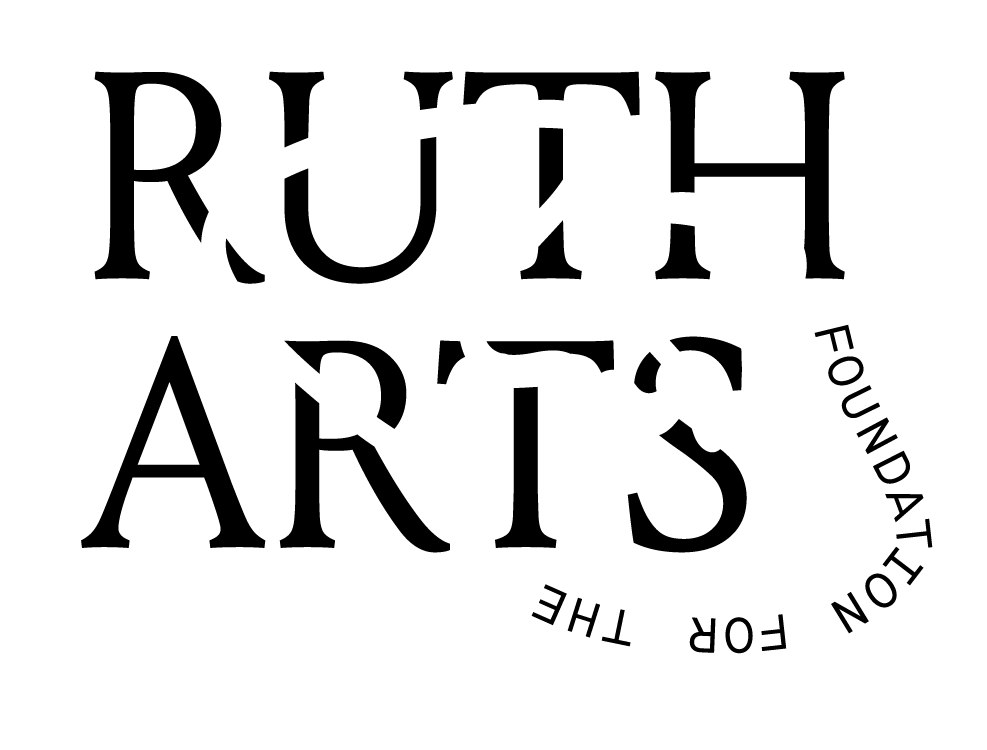



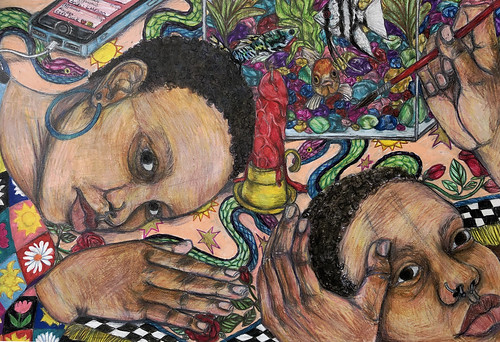

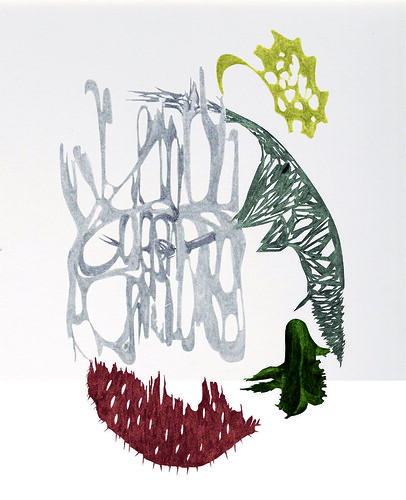

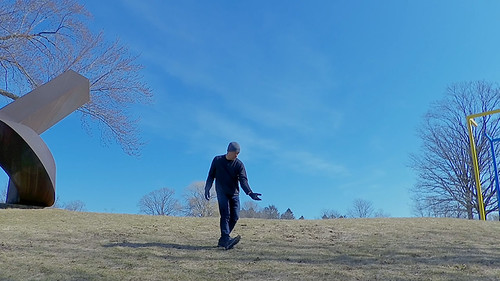






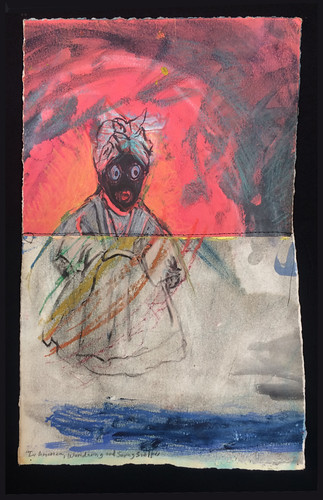
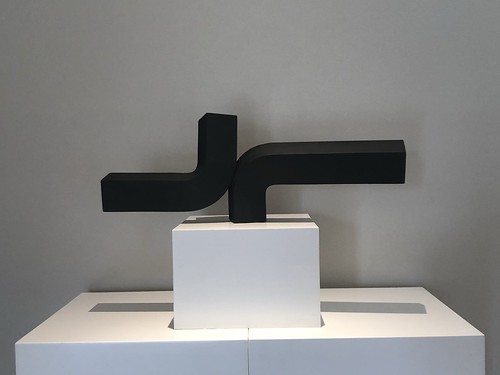

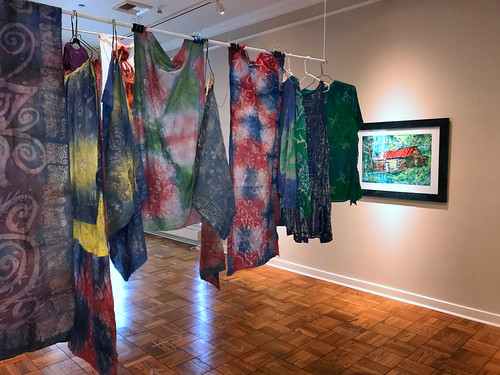

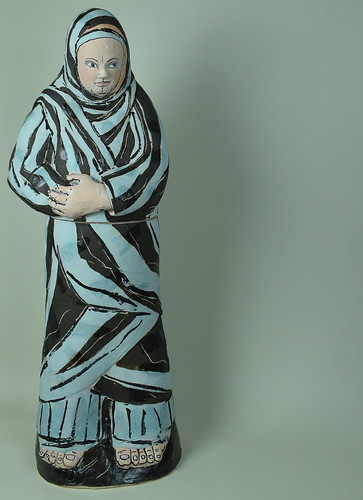

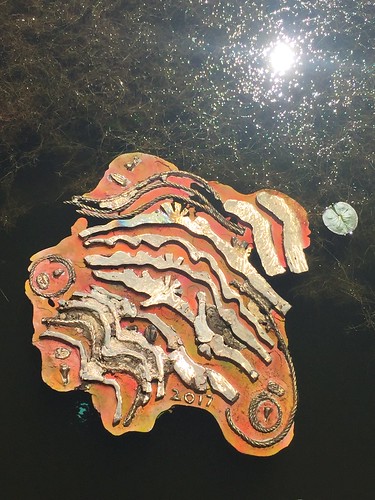
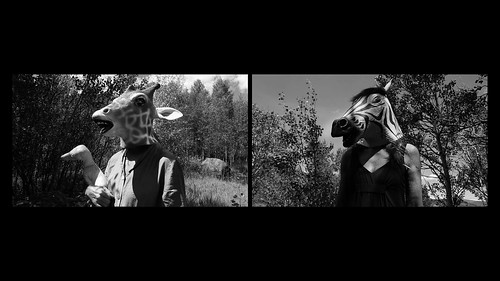



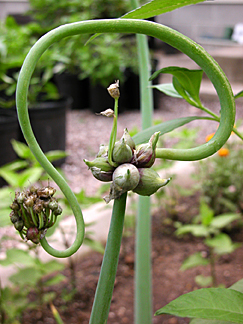







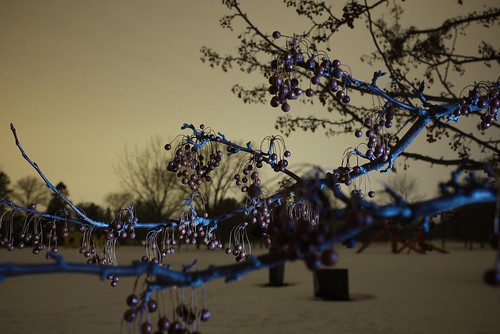
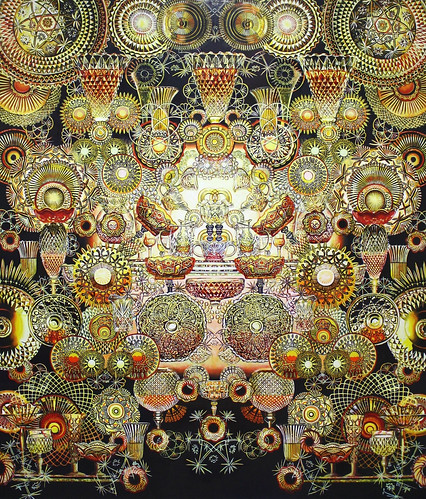
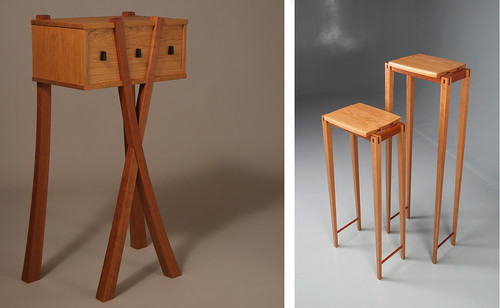
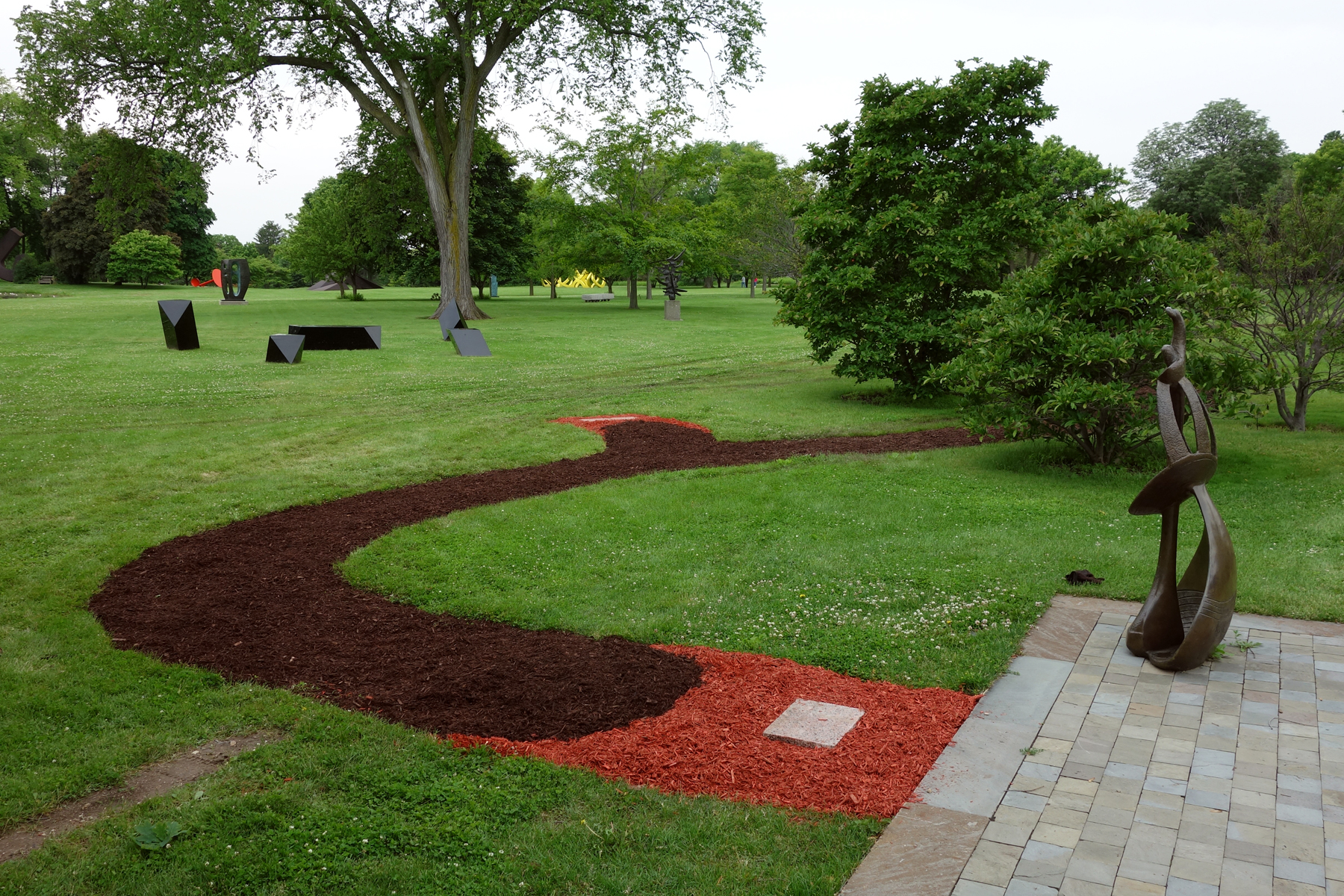
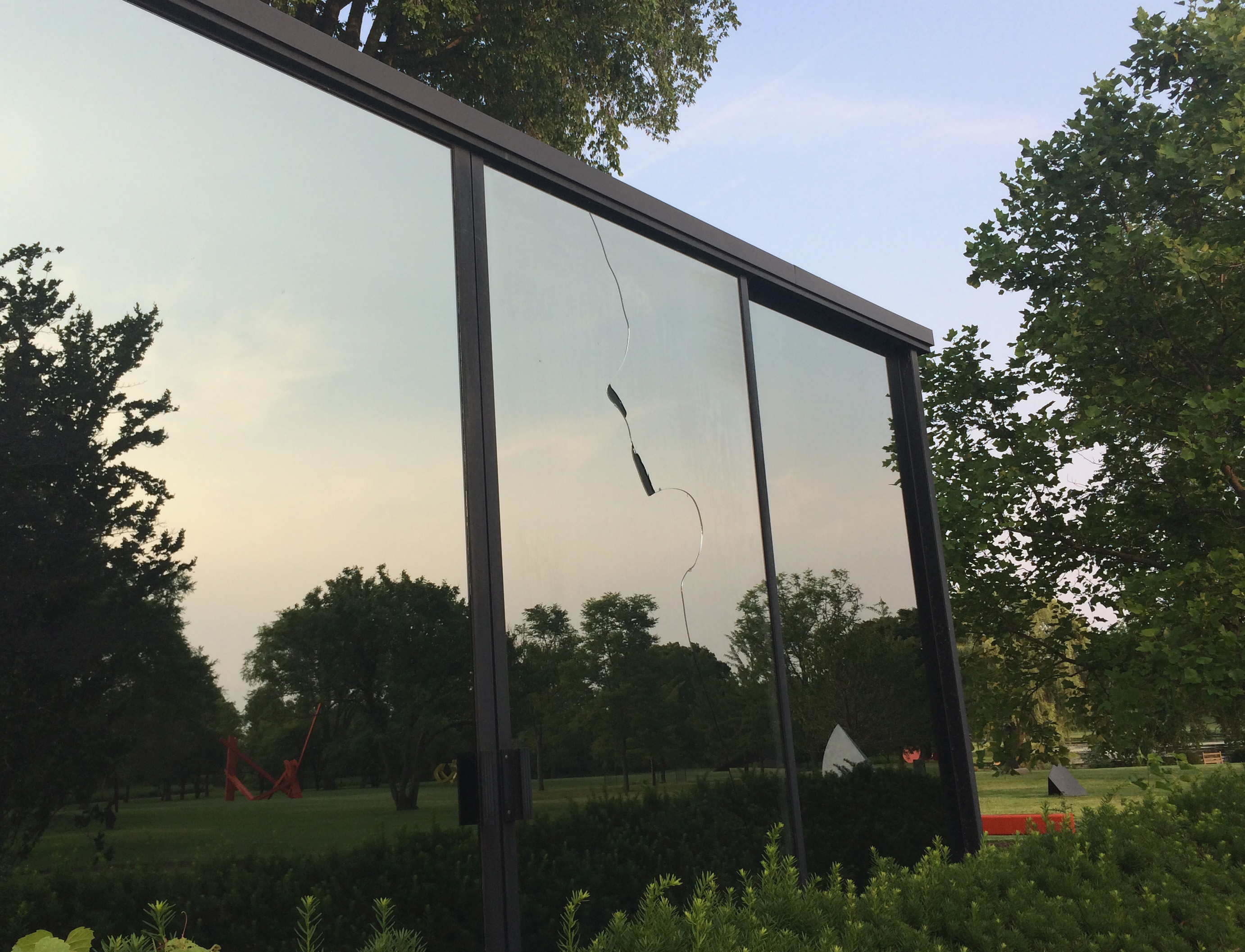
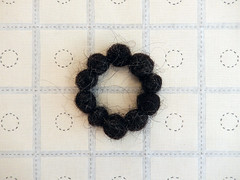

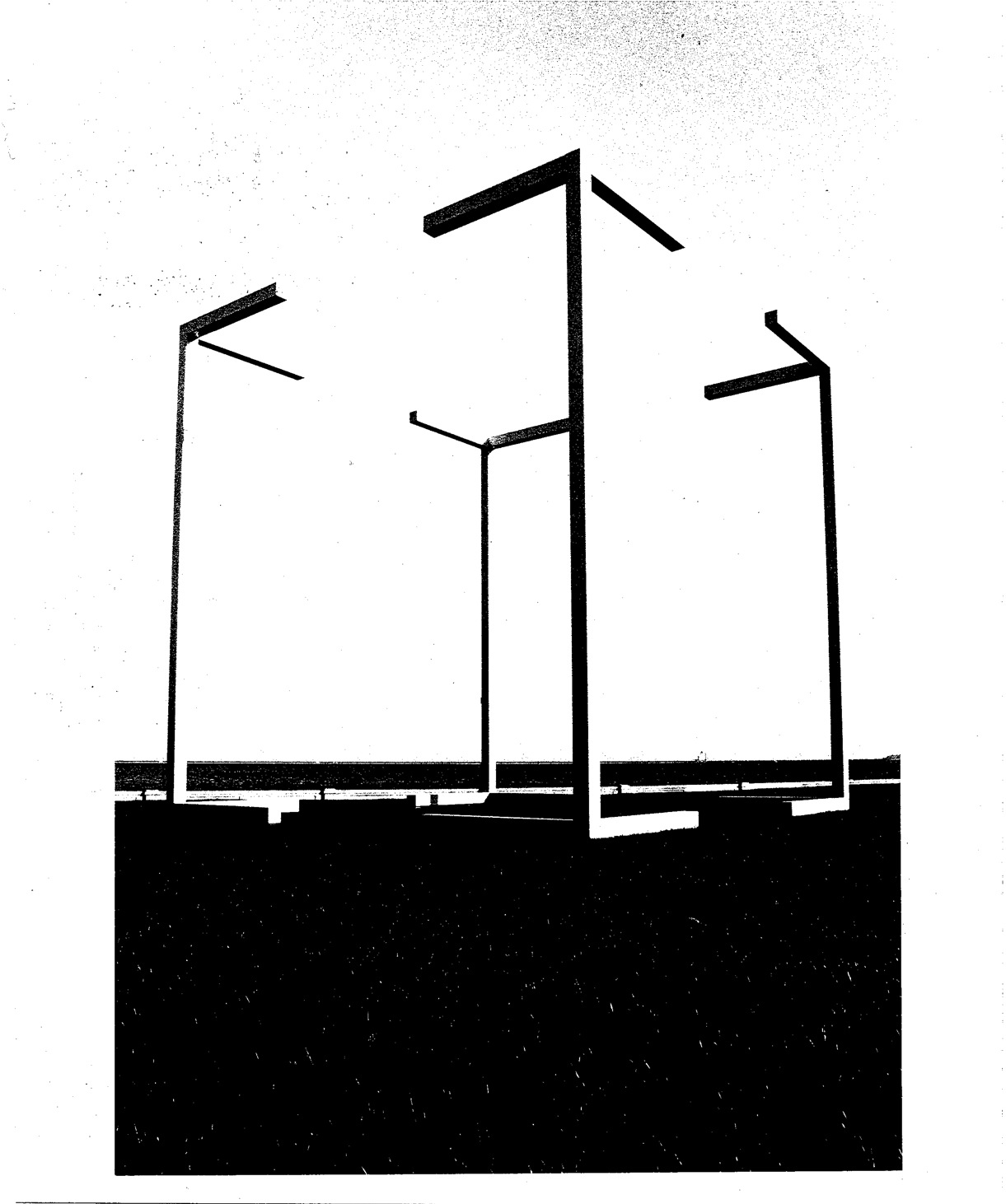
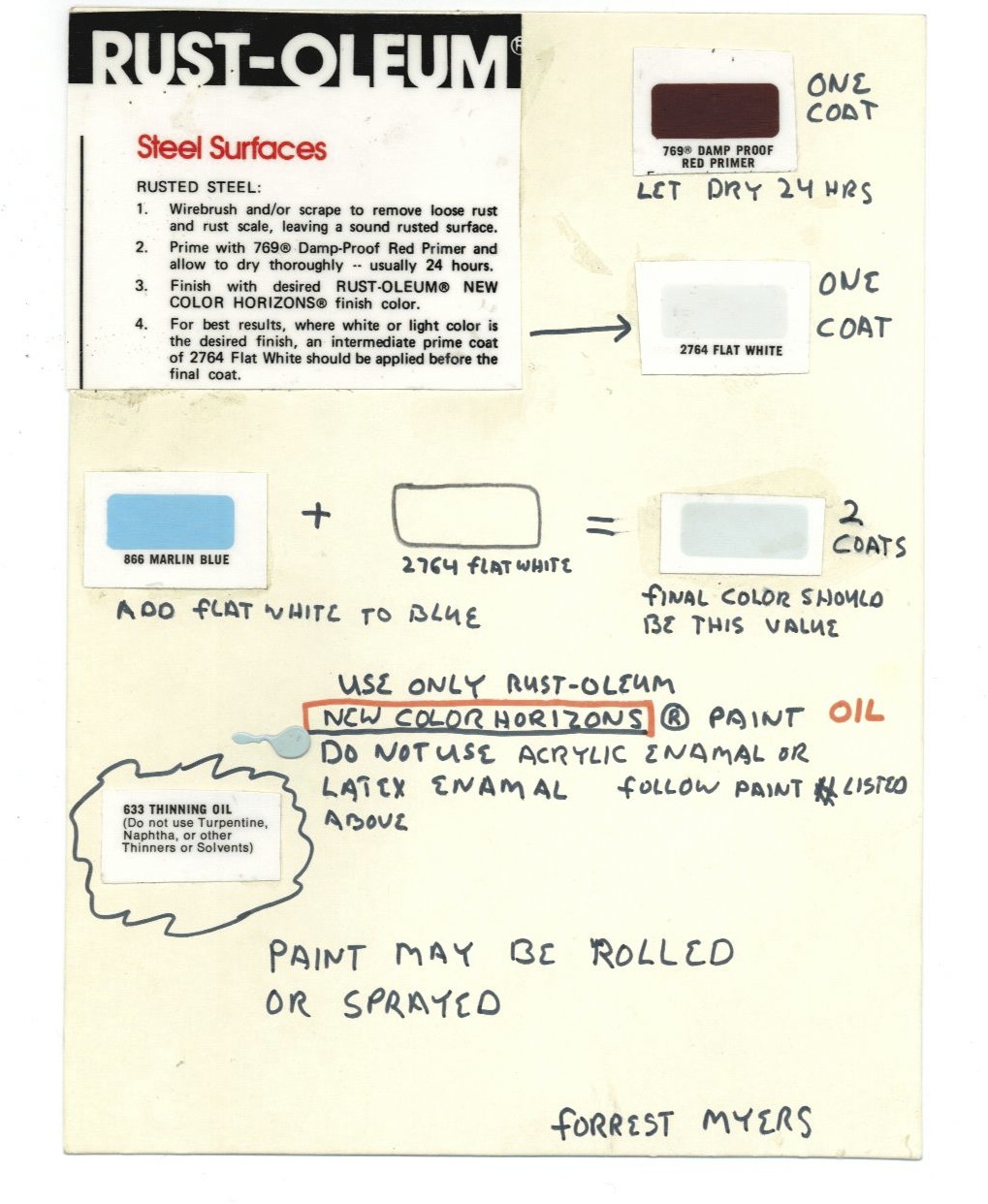
3.jpg)

